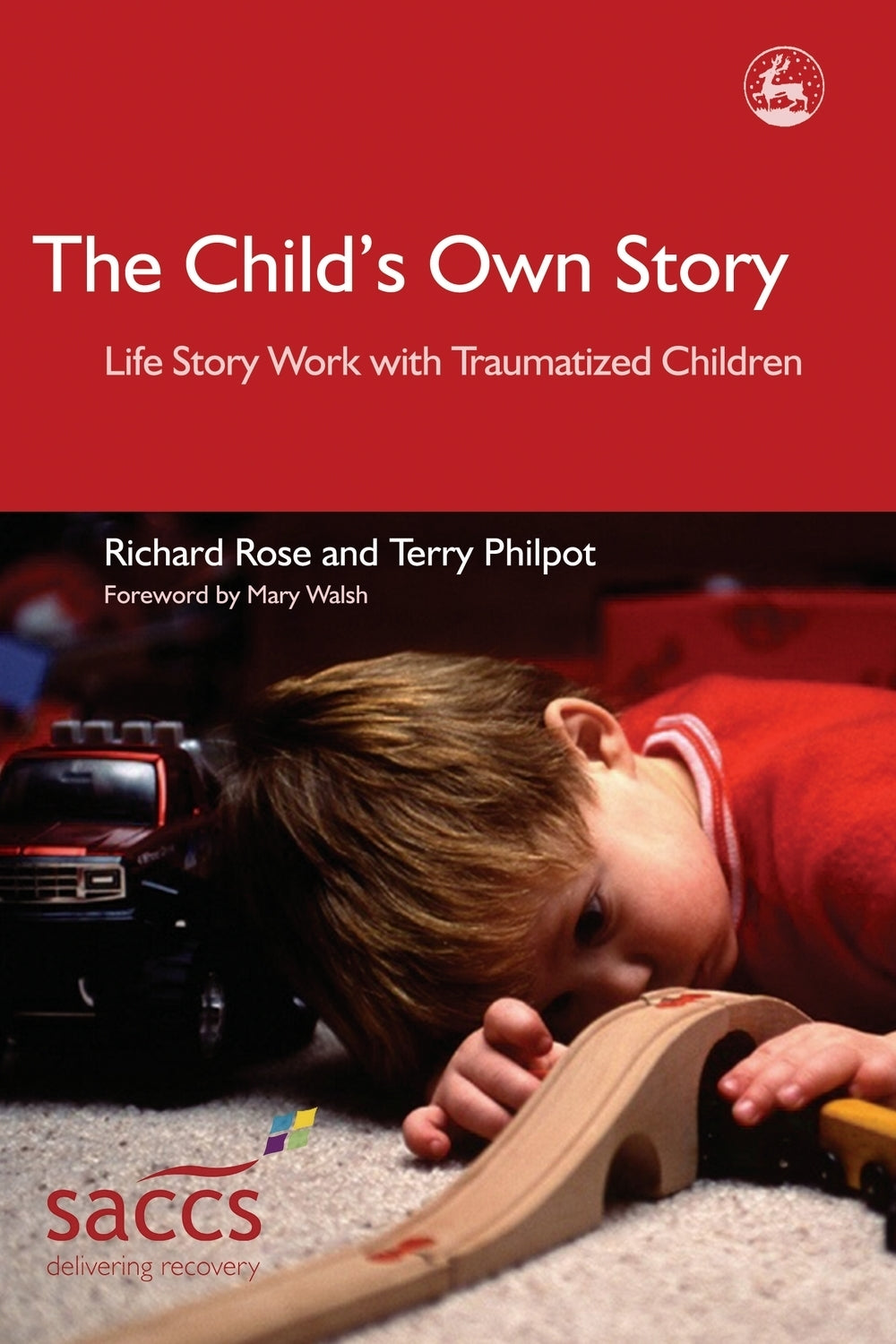
Press Reviews
Children & Society
A fluent and engaging narrative.
Foster Care
I found the book both clear and well written with a sound and thorough explanation of methods to carry out this work. There are really useful exercises that foster carers (or anyone else carrying out this work) can use.
Community Care
This is an excellent guide for professionals undertaking life story work with children or practitioners working with traumatised children. It has useful sections on general work with children. For example, it briefly outlines attachment theory and breaks down the process of interviewing, offering advice about each stage. It is easy to read and the format makes it simple to find or recap particular sections. The authors offer examples from practice and also suggest a series of exercises which prompt and provoke the reader to empathise with the child involved in this process. The worker is encouraged to move away from viewing the process as the production of a book but rather to see it as an effective therapeutic tool.
Adoption-net.co.uk
It's easy to read and a good reference for multi disciplinary teams of staff and foster carers alike
British Psychodrama Journal
`This is a valuable and must have resource for all those who work with and alongside traumatized children and young people. Work with traumatized children and young people requires a creative and supportive worker who is able to provide a 'afe place' to explore, discover, and ultimately piece together the perceptions that have developed through those experiences. This book gives a framework to go on the journey of discovery and face the known and unknown. It is a book that has case vignettes, creative exercises, and some reference to theory of attachment and identity. Its main focus though is the child and how to develop a coherent and understandable narrative, with the therapist being a guide who supports the journey of discovery.'
Young Minds Magazine
his book gives us solid reasons why abused children usually need therapeutic work, without which there is a great risk of the abuse continuing to the next generation. The authors feel that traumatised children, who may have had several foster-parents or institutional placements in their lives, need to be offered a special kind of life story work. This is much more than a simple explanation of their placements or basic information about their birth parents as is used in adoption. It includes full explanations about race, culture and religion which may even extend to children being given tapes of their parents' voices to demonstrate their accents. The authors begin with a very full explanation of attachment including the latest information about how the brain is affected by abuse... Condensed case histories are highlighted throughout the book and this adds clarity and interest to what is undoubtedly a good idea that will benefit children.
